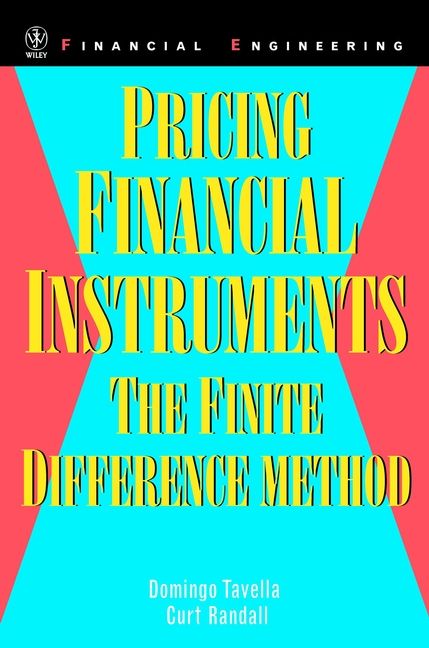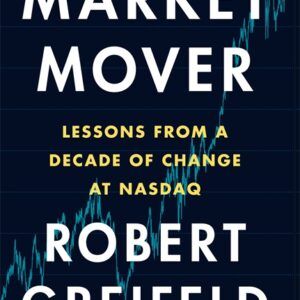Numerical methods for the solution of financial instrument pricing equations are fast becoming essential for practitioners of modern quantitative finance. Among the most promising of these new computational finance techniques is the finite difference method-yet, to date, no single resource has presented a quality, comprehensive overview of this revolutionary quantitative approach to risk management.<br /> <br /> Pricing Financial Instruments, researched and written by Domingo Tavella and Curt Randall, two of the chief proponents of the finite difference method, presents a logical framework for applying the method of finite difference to the pricing of financial derivatives. Detailing the algorithmic and numerical procedures that are the foundation of both modern mathematical finance and the creation of financial products-while purposely keeping mathematical complexity to a minimum-this long-awaited book demonstrates how the techniques described can be used to accurately price simple and complex derivative structures.<br /> <br /> From a summary of stochastic pricing processes and arbitrage pricing arguments, through the analysis of numerical schemes and the implications of discretization-and ending with case studies that are simple yet detailed enough to demonstrate the capabilities of the methodology- Pricing Financial Instruments explores areas that include:<br /> * Pricing equations and the relationship be-tween European and American derivatives<br /> * Detailed analyses of different stability analysis approaches<br /> * Continuous and discrete sampling models for path dependent options<br /> * One-dimensional and multi-dimensional coordinate transformations<br /> * Numerical examples of barrier options, Asian options, forward swaps, and more<br /> <br /> With an emphasis on how numerical solutions work and how the approximations involved affect the accuracy of the solutions, Pricing Financial Instruments takes us through doors opened wide by Black, Scholes, and Merton-and the arbitrage pricing principles they introduced in the early 1970s-to provide a step-by-step outline for sensibly interpreting the output of standard numerical schemes. It covers the understanding and application of today’s finite difference method, and takes the reader to the next level of pricing financial instruments and managing financial risk.<br /> <br /> Praise for Pricing Financial Instruments<br /> <br /> “Pricing Financial Instruments is the first broad and accessible treatment of finite difference methods for pricing derivative securities. The authors have taken great care to clearly explain both the origins of the pricing problems in a financial setting, as well as many practical aspects of their numerical methods. The book covers a wide variety of applications, such as American options and credit derivatives. Both financial analysts and academic asset-pricing specialists will want to own a copy.”-Darrell Duffie, Professor of Finance Stanford University<br /> <br /> “In my experience, finite difference methods have proven to be a simple yet powerful tool for numerically solving the evolutionary PDEs that arise in modern mathematical finance. This book should finally dispel the widely held notion that these methods are somehow difficult or abstract. I highly recommend it to anyone interested in the implementation of these methods in the financial arena.”-Peter Carr, Principal Bank of America Securities<br /> <br /> “A very comprehensive treatment of the application of finite difference techniques to derivatives finance. Practitioners will find the many extensive examples very valuable and students will appreciate the rigorous attention paid to the many subtleties of finite difference techniques.”-Francis Longstaff, Professor The Anderson School at UCLA<br /> <br /> “The finite difference approach is central to the numerical pricing of financial securities. This book gi
Pricing Financial Instruments
₹9,188.00
The Finite Difference Method
This book is currently not in stock. You are pre-ordering this book.




